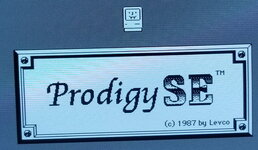I’m not sure it’s really fair to describe it as idiocy … in 1984 surely nobody was thinking anyone would desire to upgrade their 512k Mac to 8MB! Perhaps it was a different story by 1986 …
Anyway I don’t think it’s just a matter of connecting address lines. Making the full theoretically-addressable 16MB available to RAM would preclude memory-mapped device access, which is a concept deeply baked into the operating system.
True. Yet, something we CAN improve today, too.


